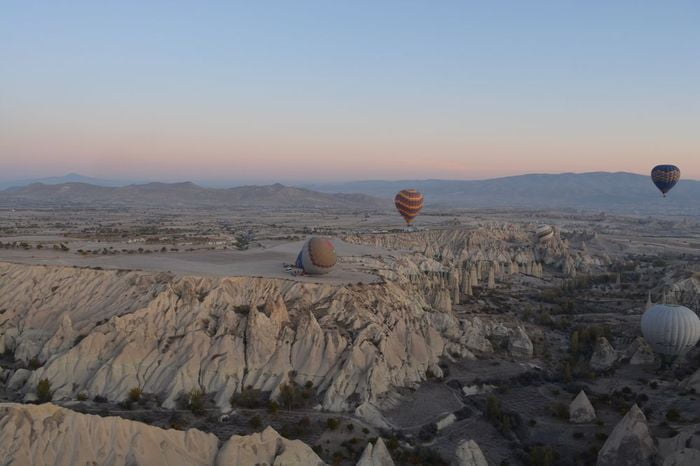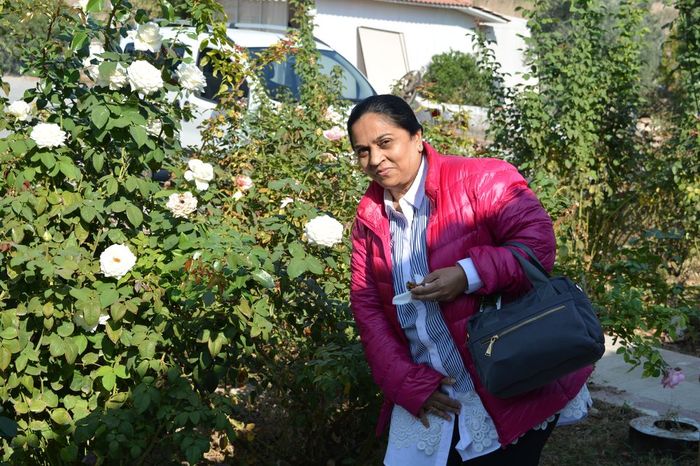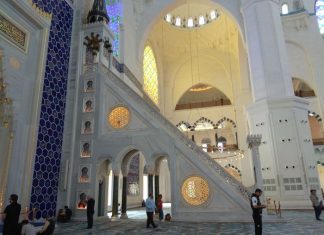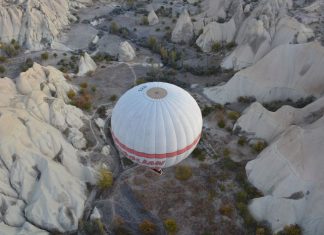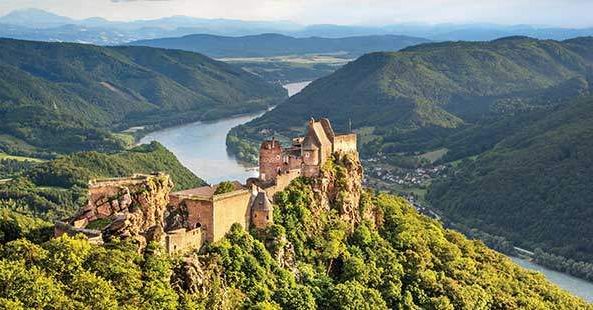VIII Not a year had passed before the Emperor heard a rumour that the Comans had crossed the Ister; consequently at the commencement of the eighth Indiction in the month of November in the beginning of autumn he left the Queen of Cities after calling up all his forces and stationed these, some in Philippopolis and in the towns called Petritzus and Triaditza and in the province of Nisus and some as far away as Branizoba (or Buranitzobe) on the banks of the Ister. He enjoined them to bestow great care on their horses so that they should grow stout and strong enough to carry their riders in time of battle. He himself remained in Philippopolis, a town in the centre of Thrace, which is washed by the Eurus on the side of the North wind.
An extremely tall man
This river flows down from the extreme end of Rhodope, makes many twists and turns, flows past the town of Adrian [384] and after many tributaries have joined it, empties itself into the sea near the town of Aenus. When speaking of Philip I do not mean the Macedonian, the son of Amyntas, for the city is younger than that Philip, but I mean the Roman Philip, an extremely tall man whose physical strength nobody could resist. At first it was a small town called Crenides before Philip’s time, and by others Trimus.
But that very large man Philip enlarged the town and girt it round with walls and made it the most famous town in Thrace, for he built a very large circus in it and other admirable edifices, the traces of which I saw myself when I once stayed in the town with the Emperor for some purpose or other. The city stands on three hills and each hill is surrounded by a strong and high wall, and on the side where it slopes down to the plains and level ground there is a moat running alongside of the Eurus. From all appearances it must once have been a large and fine city. After the Tauri and Scythians enslaved the city in bygone days, it was reduced to the condition in which we found it during my father’s reign and conjectured that it must have been very large. The chief of its misfortunes was the residence of so many heretics there.
For the Armenians took possession of the city and the so-called Bogomils (I will speak of them and their heresy later at an opportune moment), and even those most godless Paulicians, an offshoot of the Manichaean sect, founded as their name shows by Paul and John, two men who had imbibed the undiluted heresy of Manes and handed it on to their followers.
Read More about The Tell-Tale Heart Part 3
